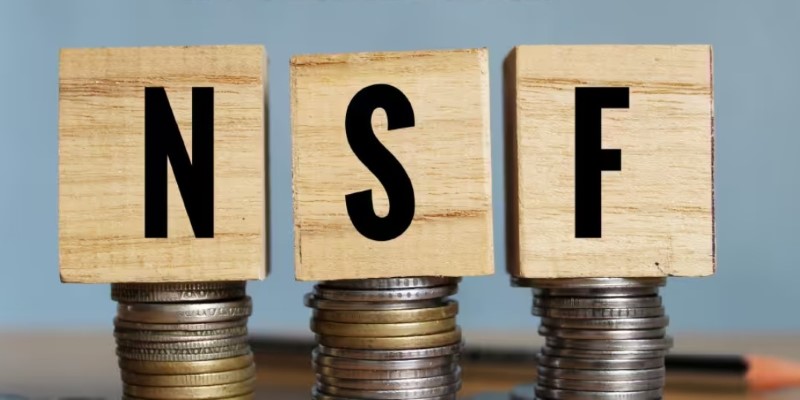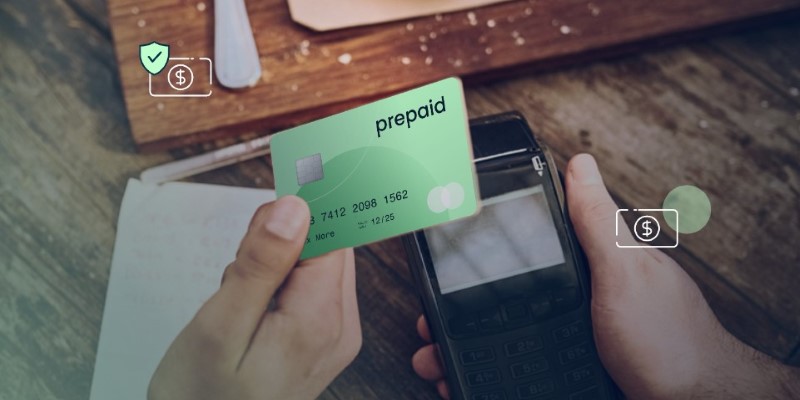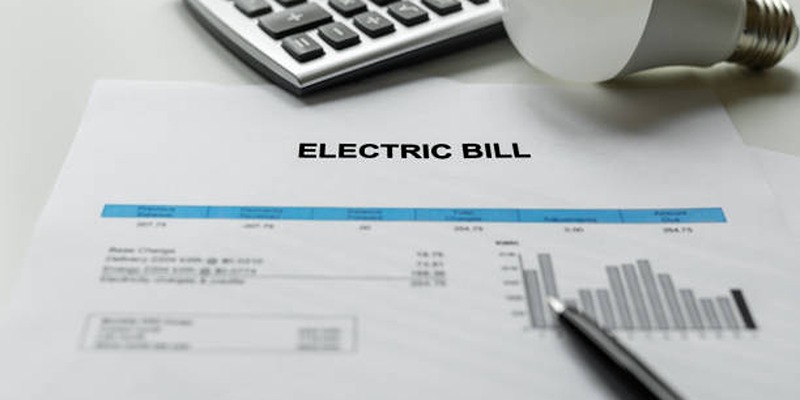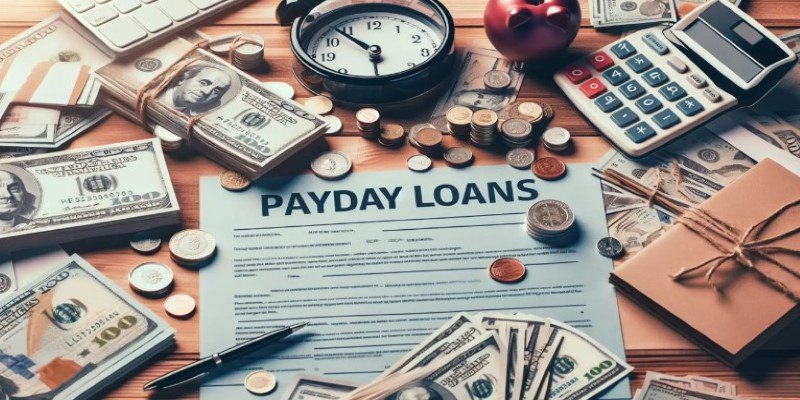Imagine this: Youre grabbing a quick coffee before work, swipe your debit card, and unexpectedly get declined. Confused, you check your bank account only to find it in the negative, burdened by an overdraft fee that turned your $5 latte into a $40 expense. Overdraft fees can sneak up on anyone, turning minor miscalculations into costly mistakes.

They not only strain your finances but also add unnecessary stress to your daily life. In this article, we'll explore the ins and outs of overdraft feeswhat they are, why they happen, and practical steps you can take to avoid themso you can keep your hard-earned money where it belongs.
What Are Overdraft Fees?
Overdraft fees are charges imposed by a bank or credit union when a transaction exceeds your available account balance. Essentially, the fee is triggered when you spend more money than you have in your checking account, either through a debit card purchase, check, or automatic payment. When this happens, the bank covers the difference temporarily, but you are hit with a penalty fee for going into "overdraft," which means having a negative balance.
For instance, if you have $50 in your checking account and swipe your debit card for a $70 purchase, your account balance will be overdrawn by $20. The bank will cover that $20, but you will be charged an overdraft fee that could range anywhere from $25 to $35 or even higher, depending on your banks policies.
How Overdraft Fees Work?
When your bank account balance drops below zero due to a transaction, the bank has a couple of ways to deal with this shortfall:
Overdraft Coverage: The bank covers the difference so that the payment goes through, but it charges you an overdraft fee. This fee varies by bank but typically ranges from $25 to $35 per overdraft incident.
Non-Sufficient Funds (NSF) Fees: If your bank does not cover the overdraft, it may instead reject the transaction and charge you an NSF fee. This is essentially a penalty for trying to spend money that is not in your account.

Some banks offer "overdraft protection" as an optional feature that lets you link another account, such as a savings account or credit card, to your checking account. When you overdraw, money is automatically transferred from the linked account to cover the shortfall, often for a smaller fee than a standard overdraft charge.
How to Avoid Overdraft Fees?
While overdraft fees are common, they are also avoidable. Here are some practical tips to help you steer clear of these unnecessary charges:
Monitor Your Account Balance Regularly:
One of the best ways to avoid overdraft fees is to be aware of your account balance at all times. Many banks have apps or online banking systems that make it easy to keep track of your transactions in real time. Checking your balance frequently helps you avoid accidental overspending.
Set Up Low Balance Alerts:
Most banks offer low-balance alerts via email or text message. You can set a threshold amount, such as $100, and receive a notification when your account balance falls below that amount. This way, you have a heads-up before your balance reaches zero.
Opt Out of Overdraft Coverage:
You can choose to opt out of overdraft coverage, which means that transactions will be declined if you do not have enough funds in your account. While this could mean some payments are not processed, you won't be charged an overdraft fee.
Link a Backup Account for Overdraft Protection:
If your bank offers the option to link a backup account, such as a savings account or a credit card, it can serve as a cushion for overdrafts. While there might be a fee for transferring funds, it is usually lower than a standard overdraft fee.
Use Direct Deposit:
If you have regular income through a paycheck, setting up direct deposit can help maintain a healthy account balance and prevent overdrafts. Funds are deposited directly into your account on payday, so you dont have to worry about delayed deposits that could lead to negative balances.
Consider Using Prepaid Debit Cards:

If you often struggle to manage your spending, a prepaid debit card might be a safer alternative. These cards only allow you to spend what you load onto them, eliminating the risk of overdrafts.
Are Overdraft Fees Worth It?
Many people wonder whether paying for overdraft protection is worth it. The answer depends on your financial habits and circumstances. For those who rarely overdraw their accounts, paying an occasional overdraft fee may be worth it for the convenience. However, if overdraft fees are a regular occurrence, they can quickly become a burden and indicate a need for better financial planning or banking options.
Overdraft protection might seem helpful at first glance, but it often leads to more fees and financial stress. Weigh the service's benefits against its costs and consider whether alternatives like linking an account for overdraft protection or opting out of overdraft services altogether might be a better choice.
Conclusion
Overdraft fees are a common part of many banking experiences but can quickly become a significant financial burden if not managed carefully. Understanding how overdraft fees work, how they are charged, and how to avoid them can save you a lot of money and stress. By monitoring your account balance, setting up alerts, and being aware of your banks policies, you can stay on top of your finances and avoid the pitfalls of costly overdraft charges.
To avoid overdraft fees, it's important to manage your finances proactively. Monitor your account regularly, set up low balance alerts, and keep a budget to ensure you always know your financial status. This approach helps maintain a healthy account balance and avoids unnecessary fees.







